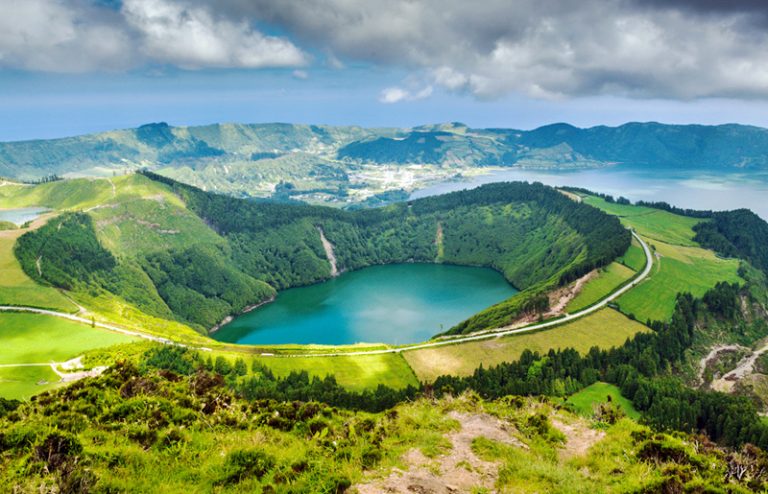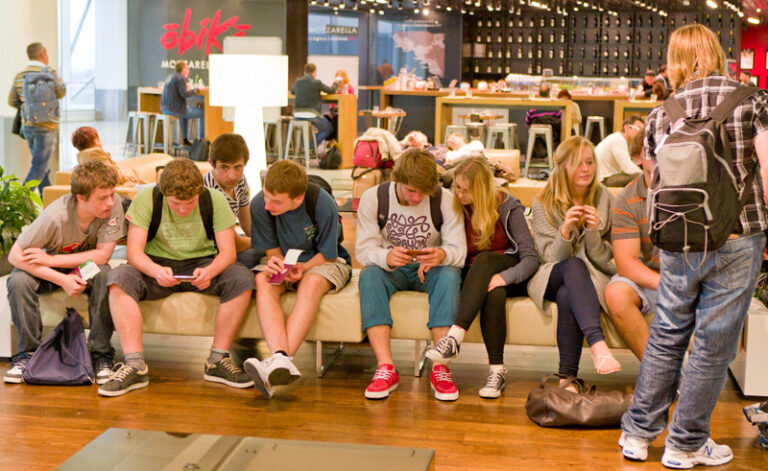How to increase school trip sign-ups
“Trip cancelled due to lack of numbers”
If you’ve ever had to write this sentence after planning a school trip, you’ll know how frustrating it is.
School trips offer invaluable educational experiences and lifelong memories. However, the main reason trips are cancelled is that not enough students sign up.
The reality is that the fewer students who sign up, the more expensive the trip will be. This often leads to the price being too high for parents, resulting in the trip being cancelled.
There are also many other reasons students may not sign up for a school trip.
Time of year, the destination, peer pressure and friendship groups can all lead to schools struggling to reach the required numbers to make the trip viable and within budget.
So, here are our top tips for creating a buzz around your next school trip and increasing sign-ups.
Plan in advance
Start planning your trip between 18-24 months before your departure date.
This will give parents enough time to save for deposits (especially if your trip is close to school holidays or Christmas periods), launch presentations to be planned and permission slips to be signed.
Parents often won’t agree to a trip if they haven’t been given enough time to consider the initial deposit date.

Successful Launch
How your school trip is launched will often determine the amount of interest, so prioritise this part of the process.
Share your trip with students and parents through launch evenings so they can understand how you plan to bring learning to life. Your presentation should include:
- The learning goals of the trip
- The benefits of school trips
- Why you’ve chosen your destination
- Explanations of the key parts of your itinerary and how this links to the curriculum
- A picture speaks a thousand words so use them to create excitement
- Opportunities for parents and students to ask questions
Tip! Ask parents or students from previous school trips to share their experiences.
Download our presentation and parent letter templates via our launch pad.
Take the pressure off by using a member of the DTWE team for your launch presentations (subject to availability) who can answer questions from students and parents directly.
Communication, communication, communication
Following your launch event, send families regular reminders about the trip and the sign-up deadline.
We recommend planning when parent communications will be sent early on. Set a schedule working backwards from key dates like sign up and deposit deadlines.
Once you know when you’d like to send letters to parents, you can add this to your calendar as a reminder to expect questions or extra sign-ups.
Here’s what to include in your parent communications…

Trip reminder letters
Use this checklist for your trip letters to make sure everything is covered:
- Details of the destination
- The purpose of the trip
- Itinerary highlights
- Which students are being invited on the trip
- How to express interest in signing up
- Details about launch evenings
- Deposit deadlines and payment details
- Details about payment plans
You can also download our parent letter template.
In your letters, you should require a response (like a field trip form) for parents to let you know if their child is attending either way.
Permission slips
In the permission slip ask parents to include the following:
- Students name as per their passport
- Copies of their passports (this will allow you to see if any students need visas or other documentation)
- A signature giving permission
Perfect your itinerary
The trip itinerary will be a main selling point for students, so it’s important to get this right for maximum sign-ups.
When planning your itinerary, first think about the overall aim of the trip. Whether it’s an awe-and-wonder trip or linked to a specific topic in the curriculum, being clear on the aim means you can tailor your trip accordingly.
A mixture of activities can often be the key pull factor. Including a wide variety of activities and landmarks will help to appeal to students of all abilities.

Send students a survey about which activities they’d like to see on the itinerary to tailor the trip to them and increase sign-ups.
You could also share a post-trip survey asking students what worked well and what they would change to allow you to continually improve your school trips.
Get students involved in planning
When students feel involved in the planning process of a school trip, they are more likely to be excited about signing up. You can do this by:
- Sharing which activities you’re thinking of adding to the itinerary and asking for their opinions
- Showing students photos and videos from previous trips that relate to a topic you’re learning about
- Asking students to help set up the launch evenings
- Get students involved in fundraising events
Explain the benefits
Field trips are more than looking and seeing. Explain to your students that their school trip will open a new world where they can experience their subjects in action, helping them understand what they’re learning.

When working as a geography teacher, I often found students who went on field trips were more responsive and engaged in the classroom, having spent time in a different environment. This is because fieldwork helps students understand complex processes by seeing them in a real-life scenario as opposed to a textbook.
Fieldwork allows students an opportunity to become more independent learners and experience not just their subject-specific content but the wider context.
Share the itinerary
When students know (or, even better have helped plan) the itinerary, they are more likely to be excited about going on a trip.

Create a countdown calendar
Not only will this build excitement, but it will also create a sense of urgency. Set up an online countdown to show at the end of lessons, during launch presentations, in digital newsletters and on your social media.
Sign up raffles
A great way to create excitement around the trip is through raffles. Each week, enter the names of students who have signed up and draw a name to win a prize. Announce the winner in your school’s newsletter or on social media.

Some prizes that will go down a treat are:
- A travel guide for the destination of your trip
- A T-shirt or hoodie
- Travel games or a pack of cards for the trip
- A pen or notebook with the destination on
Maximise opportunities
You can get the most out of your school trip by opening it up to different year groups.
For example, if you’re running a trip to Iceland, students from A-Level, GCSE and Key Stage 3 could benefit from seeing phenomena related to their learning of Tectonic Hazards; they might just process what they are seeing with a differing level of complexity.
Taking students from different Key Stages on a school trip also gives younger students insight into what they will study in the future. It also offers the chance for older students to take a bit of a leadership role on the trip.

Inviting multiple year groups on your school trip can make the trip cheaper and therefore more appealing to students. Taking more students typically splits the fixed costs of the trip, such as coach sizes, guides, or staff flight costs between more paying pupils, reducing the overall trip cost.
Make the trip cross-curricular
Combining multiple subjects in one trip is a great way to increase your sign-ups.
The Bay of Naples or Rome is a great example of this, where classics, history, or religious studies departments can work extremely well combined with geography.
There are opportunities for different subjects to split off from each other (for example one group can visit the Vatican Museum and another can head off for the Baroque Rome tour). There’s also the benefit of teachers and students learning from each other to develop their knowledge.
Combining subjects also boosts the number of signups which typically reduces the cost per person.
Here’s some inspiration for cross-curricular trips:
Bay of Naples: Geography, history, art, photography, religion, classics, ancient history
Iceland: Geography, Geology, science, politics, pastoral, art, photograph
Norway: Geography, pastoral
Another benefit of combining subjects is that it allows students to develop new friendships. I previously worked in a sixth-form college where students would join from different catchment areas, I often found that groups who had been on field trips were more collaborative in the classroom.
Trip merch!
Trip merchandise for the trip can be a good way to create a buzz and encourage students to sign up.
Get the students involved by asking them to share ideas (you can make this a competition!) for the final design.
Announcing the initiative lets you remind families to register for the trip and the sign-up deadline.

Make a display board
Display boards are a good way to visually show the benefits of your trip meaning students are more likely to sign up.
Create a classroom display board showing pictures and student quotes from previous trips, posters, pictures of itinerary highlights and sign-up deadlines.
Don’t forget to put your display board in a noticeable position so it’s a constant reminder for students yet to sign up!

